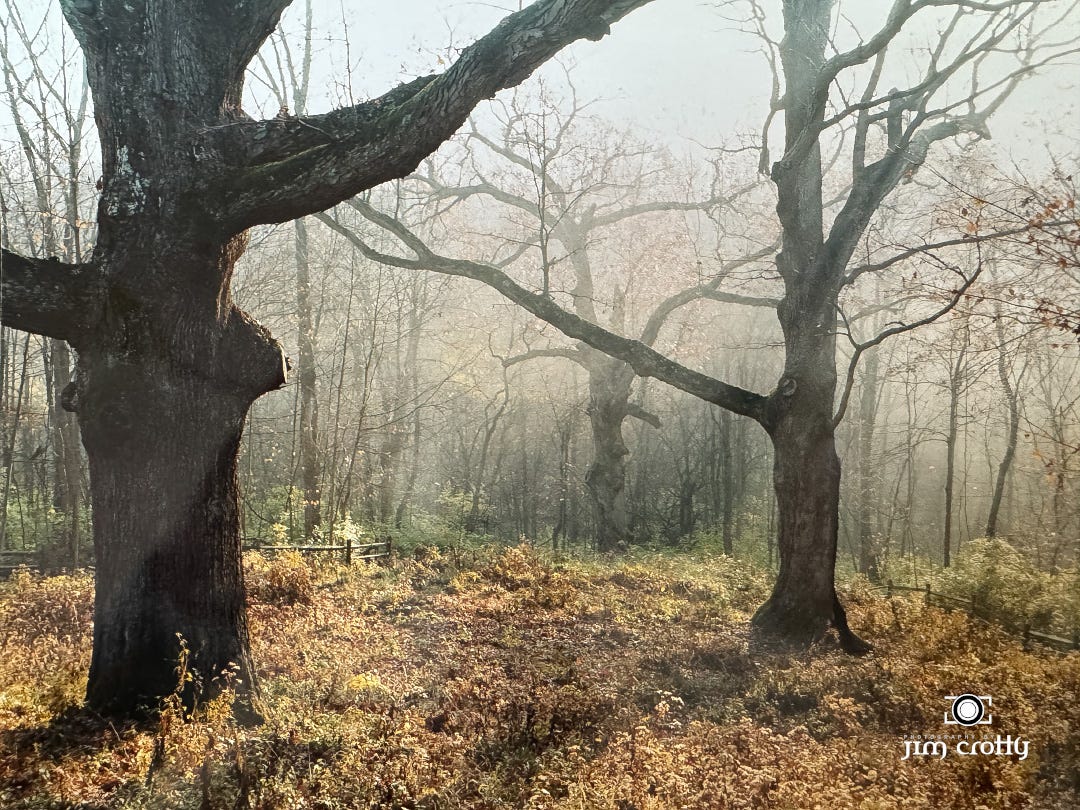High-Context Photography and Old Film Cameras
It's time to go back and retrieve the baby from the bathwater
High-context and low-context recently came to my attention while teaching classes on interpersonal communication at Central New Mexico Community College. It is considered a standard variable to compare cultural backgrounds and the challenges that can arise with intercultural communication.
A low-context culture communicates words much more directly and bluntly. There is little conversational nuance and subtleties.
It’s also worth noting that family snapshots can become high-context with time and memory once considered low-context.
High-context cultures emphasize implied and indirect meaning, utilizing much more non-verbal clues to understand the message’s meaning. How something is said is as important as what is communicated with the selected words.
Interestingly, this variable could be applied to photography, and digital technology’s impact on this visual medium should be considered again.
A photograph could be interpreted as high-context depending on the level of depth uncovered in subject, light, and composition and the message or story intended by the photographer and perceived by the observer.
The classic works of Adams, Strand, Weston, and Porter come to mind.
There’s a time and place for low-context images, such as what almost all of us engage daily with our phone cameras and what can be considered basic photojournalism when there’s no time for thought and attention to subtle nuances.
However, with high-context images, from landscapes to portraiture, there is a clear intent to create dialogue between the photographer, subject, and audience. There is also much more of a personal connection to the intimacy of the light being captured and shared, something soul-based discovered in the scene and light that encouraged the artist’s soul to speak out loud what was felt within, original and from the heart.
I bought a used Mamiya RZ67 II medium-format film camera around 2003. I used a handheld light meter to capture the 2004 image of the Dayton skyline with this camera.
The camera provided me with a magical lesson of intention. I regret selling it a few years later, thinking the future of photography was to be all things digital.
I was wrong.
Today, photographers may have thrown the proverbial baby out with the bathwater in the transition and over-reliance on the conveniences and immediacy of photography as a digital medium. In so doing, an image with high-context potential is sacrificed more toward the social media wow factor.
Does this mean that digital photography is not capable of the high-context image? Not. For God’s sake, I hope not with what I have already invested in Canon 5D camera bodies, lenses, and countless hours with Adobe in the “digital darkroom.”
But the deliberateness and approach required of the photographer when limited to just 10 to 16 exposures per roll of 120 films requires attention to light (especially when measuring it with a light meter) and composition that is considerate of both subject, story, and viewer, so the result can not help but be anything other than high-context. The primary concern of what to do with the image in post-shoot editing is reduced to its proper proportion within the image-making process.
Another consideration for why old-style film photography, particularly with the larger medium-format cameras, is more conducive to high-context imagery is the nature of the interaction between camera and subject. This is easily the difference between digital cameras—particularly phones—and the larger film cameras with portraiture subjects.
Most of us may not realize it, but we’ve already been conditioned on a social level on how to react when camera phones are put before us to capture stills or video. That’s something else I loved about that Mamiya. I could look down into the big, beautiful viewfinder while focusing, composing, and returning to interacting with my subject. The camera became more of a barely noticeable “third party” in the conversation rather than energy-changing interference.
I can no longer ignore the call to return to the craft of high-context image-making. The problem now is the prices of those old medium-format film cameras, which have increased considerably over the last few years.
I wonder why.









